Dash Podcast 218 with Hilawe: Upgrading Dash’s Privacy

In episode 218 of the Dash Podcast, host Joel and guest Hilawe dive into the evolving landscape of cryptocurrency privacy, with a particular focus on Dash’s potential upgrade to Confidential Transactions (CT). This discussion explores Dash’s current privacy features, the proposed CT implementation, and its implications for the future of digital cash.
Dash’s Current Privacy: CoinJoin
The conversation quickly turns to Dash’s existing privacy mechanism, CoinJoin, which mixes transactions to obscure their origins. Joel explains how CoinJoin breaks coins into standardized denominations and swaps them with other users’ coins, making it difficult to trace funds. However, he notes its limitations: it operates on a transparent blockchain, requires careful handling to avoid deanonymization, and can be slow—sometimes taking hours on desktop or up to a day on mobile devices like DashPay.
Hilawe highlights the practical benefits, noting that even a few mixing rounds can protect against merchant tracing, while 16 rounds offer robust defense against sophisticated adversaries. Joel shares his experience, showing screenshots of 227 mixing transactions costing about six cents, underscoring the trade-off between privacy and user experience.
The Case for Confidential Transactions
The core of the episode revolves around a proposed Dash Improvement Proposal (DIP) to integrate Confidential Transactions. CT hides transaction amounts using cryptography (e.g., Pedersen commitments and bulletproofs), enhancing privacy without the need for extensive mixing. Joel cites Pasta, head of Dash’s core team, who argues that CT could make CoinJoin “10 times better,” reducing the required mixing rounds from hundreds across all denominations to just a few for a single denomination, improving speed, and decreasing blockchain bloat.
Joel illustrates this with an analogy: mixing hundreds of inputs over 16 rounds generates significant data, whereas CT with a few rounds could achieve similar privacy with less overhead. Hilawe agrees, emphasizing that faster privacy aligns with Dash’s digital cash ethos.
Privacy Models Compared
To contextualize CT, Joel plays a segment from a past video breaking down major crypto privacy techniques:
https://www.youtube.com/watch?v=U7QkhNkmgZk
CoinJoin: Used by Dash and Bitcoin, it’s effective but vulnerable if users mishandle amounts or reuse addresses.
MimbleWimble: Employed by Litecoin’s MWEB, it aggregates transactions but risks sniffer node attacks.
Ring Signatures: Monero’s approach, using decoys, offers strong privacy but faces statistical attacks reducing effective ring size.
Zero-Knowledge Proofs: Zcash’s method hides all details, though transparent-to-shielded transitions can leak data.
Joel argues that CT plus CoinJoin could rival Monero’s current privacy without ZK complexity, leveraging Dash’s masternode network to resist attacks like Litecoin’s sniffer node vulnerability.
Regulatory and Market Trends
The discussion shifts to broader trends supporting CT adoption. Joel cites Circle’s confidential ERC-20 framework and PayPal’s PUSD whitepaper, which propose hiding transaction amounts as a baseline privacy standard. A legal opinion from Sadri S Law Group, commissioned for Dash, also uses “confidential transactions” as a regulator-friendly term, distinguishing it from full anonymity.
Recent news bolsters this optimism: the U.S. Treasury’s decision to lift sanctions on Tornado Cash signals a softening stance on privacy tools. Joel sees this as a window to normalize advanced privacy before regulatory pushback intensifies.
Quantum Computing Concerns
Addressing quantum threats, Joel and Hilawe acknowledge that quantum computers could eventually break ECDSA cryptography, exposing private keys and funds. However, they view this as a distant risk (5-100 years), citing Rose’s Law suggesting quantum scaling may plateau. For CT, quantum decryption of amounts is debated—Pedersen commitments are theoretically quantum-resistant, but ancillary secrets might not be. Regardless, Dash’s transparent base layer and mixing would mitigate historical privacy leaks, unlike Monero’s all-or-nothing decoy model.
Implementation and Community Impact
Joel reveals that the CT DIP, nearing completion, is funded 70% by PowerUp Privacy—a nonprofit backed by wealthy crypto devs—and 30% by himself. Two privacy experts, Duke Leto (Hush) and FireIceUK (Ryo), are poised to develop it, estimating six months of full-time work. Post-DIP merger, a DAO vote will determine adoption, followed by funding and wallet integration, targeting usability by March 2026.
The upgrade could position Dash as the premier non-ZK privacy coin, capitalizing on its masternode infrastructure and existing integrations (e.g., Bitrefill). Joel envisions a resurgence, tapping into pro-privacy sentiment and attracting new talent and funding, reducing reliance on Dash’s treasury.
Closing Thoughts
Hilawe urges the Dash community to research CT, seeing it as a game-changer for user experience and privacy bragging rights. Joel echoes this, excited to reclaim Dash’s digital cash mantle and foster ecosystem growth.
Posted Using INLEO






Leave a Reply